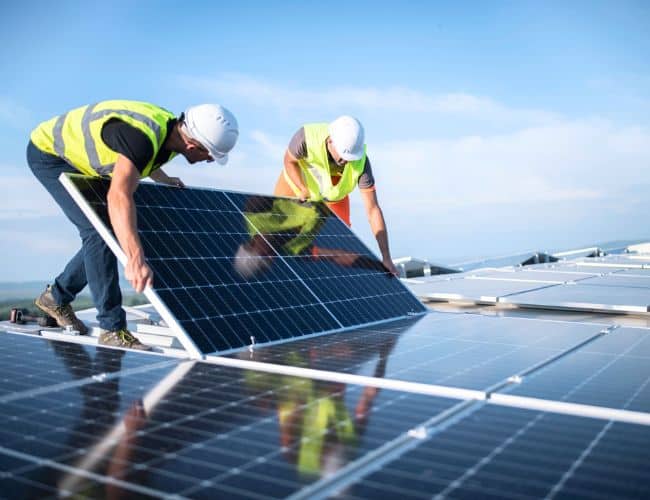Advice on Creating a Smart Building
As a building specifier or developer, you’re at the forefront of shaping the future of the built environment. With the advent of smart building technology, you have the opportunity to create buildings that are not only efficient and comfortable, but also sustainable, flexible, and responsive to the needs of occupants.
We’ve over a decade of expertise working on smart building projects; from helping create the world’s greenest building, The Crystal in London, to environments that support the assisted living of its users.
Here are some tips, from our years of experience, to help you create a truly smart building.
Start with a Clear Vision
Before you start specifying and designing the technology for your building, it is important to have a clear vision of what you want to achieve. This includes identifying the specific objectives, such as energy efficiency, comfort, security, and sustainability, as well as the desired outcomes, such as reduced energy costs, improved indoor air quality, and enhanced tenant satisfaction.

Consider the Needs of Building Occupants
A smart building should prioritise the comfort and well-being of its occupants. This means taking into account their needs and preferences, such as lighting levels, temperature, and ventilation, and designing the building systems and technologies to meet those needs. You can use tools like occupancy sensors, light sensors, and thermostats to ensure that the building environment is optimised for comfort and efficiency.

Choose the Right Building Management System
A building management system (BMS) is the backbone of any smart building. It integrates and manages various building systems, such as HVAC, lighting, security, and fire protection. When choosing a BMS, consider its ability to integrate with different building systems, its ease of use, and its scalability to accommodate future growth. Additionally, consider if you want an open or proprietary system. Open systems provide more flexibility and allow for greater integration with third-party products, while proprietary systems are often easier to manage and provide more control over the system’s architecture.

Invest in Energy Efficient Technologies
Energy efficiency is a key component of any smart building. Investing in energy-efficient technologies, such as LED lighting, variable speed drives, and high-efficiency HVAC systems, can reduce energy consumption, lower costs, and improve indoor air quality. Additionally, incorporating renewable energy sources, such as solar panels or wind turbines, can further reduce the building’s carbon footprint and increase sustainability.
The additional benefit of this is that it can help you support your Net Zero target.

Design for the Future
Smart building technology is rapidly evolving, and it is important to design your building with future-proofing in mind. This means choosing technologies and systems that can be easily upgraded and integrated with future innovations. Additionally, consider using standard protocols, such as BACnet, for building automation, which will allow for greater compatibility and integration with future technologies.

Embrace the Potential of IoT
The Internet of Things (IoT) is transforming the way that buildings are designed, managed, and operated. By incorporating IoT devices and sensors into your building, you can gain real-time insights into energy consumption, occupancy patterns, and other key metrics, and make data-driven decisions to improve building performance.

Hire a Master Systems Integrator
A master systems integrator (MSI) can be a valuable partner in creating a smart building. An MSI can help you design and implement building automation systems, and provide ongoing support and maintenance services. When choosing an MSI, consider their expertise, experience, and technical capabilities, as well as their communication and collaboration skills.

How we can help
Creating a smart building requires careful planning and consideration of a variety of factors. By starting with a clear vision, considering the needs of building occupants, choosing the right building management system, investing in energy-efficient technologies, designing for future-proofing, considering the role of IoT, and hiring a master systems integrator, you can create a building that is not only.




